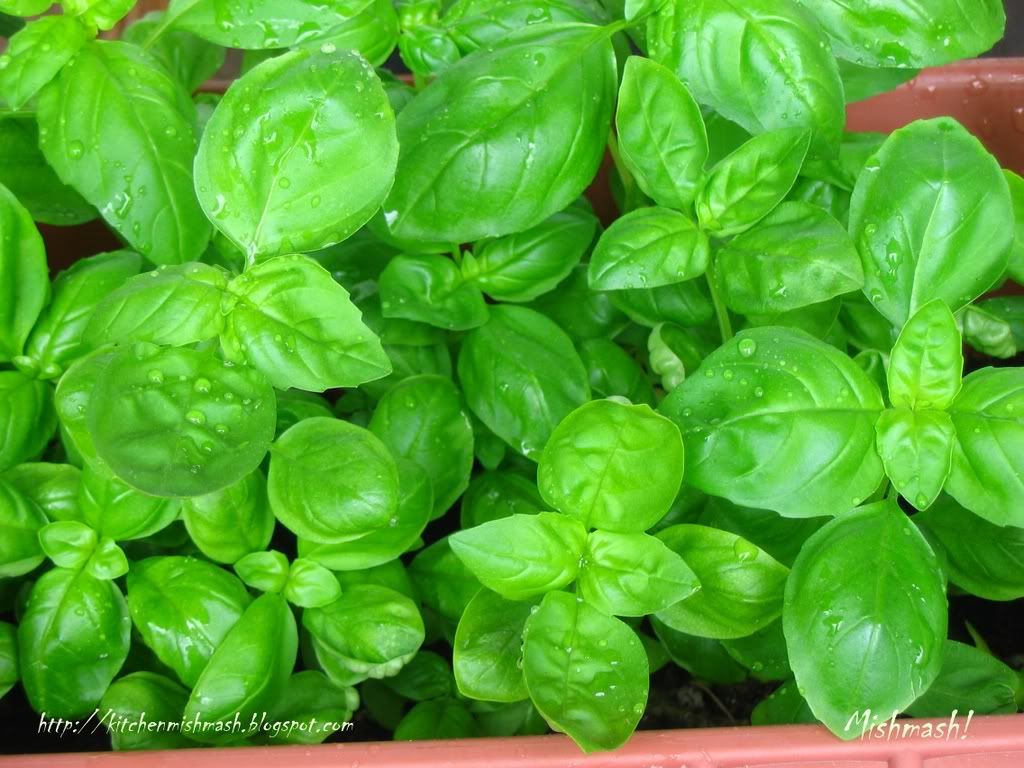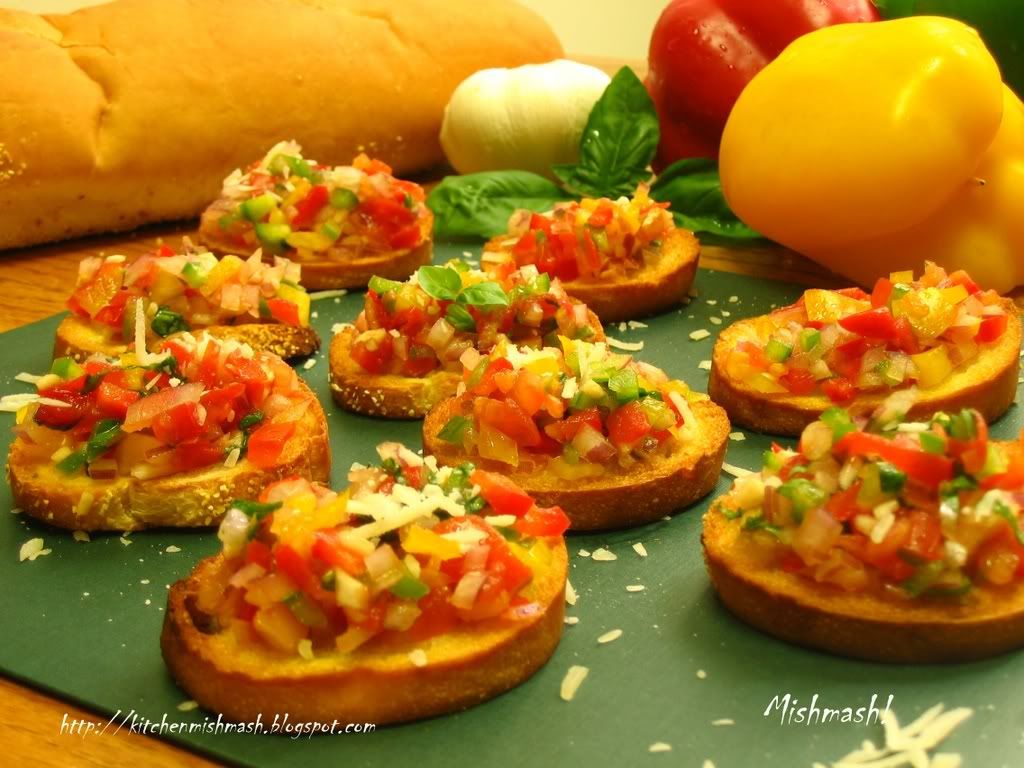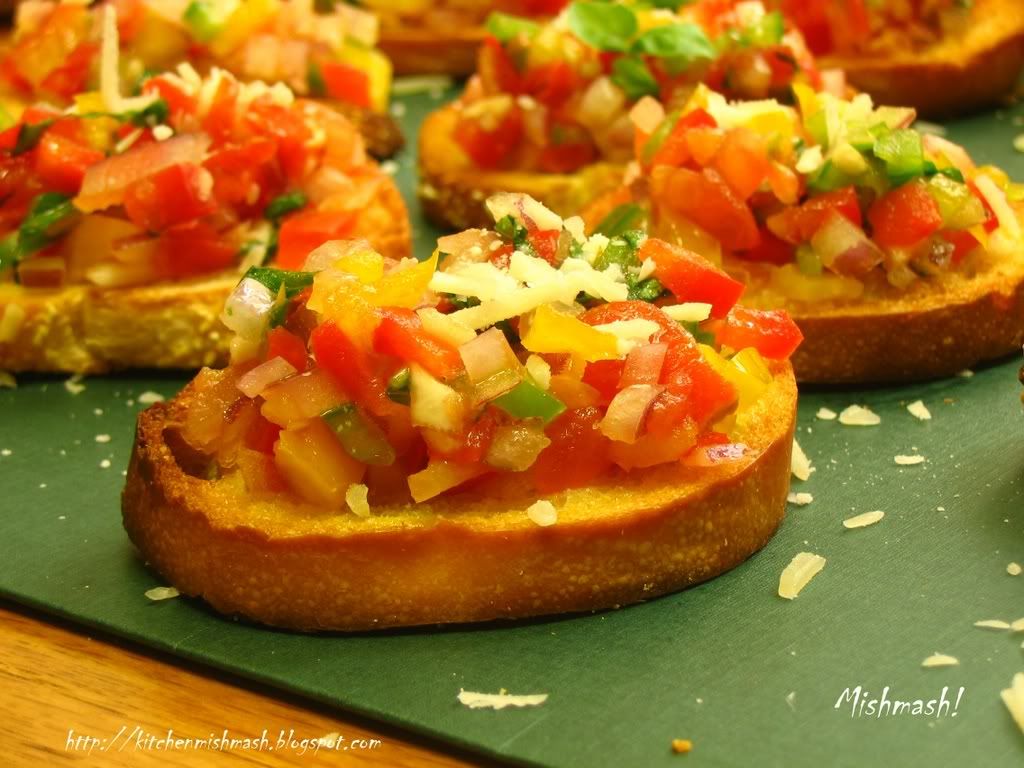
 Warning: Busy browsers and visitors may scroll wayyyy down to read the recipes! :)
Warning: Busy browsers and visitors may scroll wayyyy down to read the recipes! :)In my last post, I shared with you all the unusual and unlikely thing I have done in the name of blogging was to check-out a couple of cookbooks on one of my visits to the library here; for those who are in the habit of collecting cook books, this might not seem strange at all, but in my case, that was quite an extra-ordinary, one time, non –recurring incident. But let me ask you, have you done any “adventurous” things in the name of blogging? I DID ! I sent my brother–in-law, R, on a mission to shoot some pictures of Kerala’s Kallu Shappu/Toddy Shop and while capturing those quintessential white boards with letters painted in black, he got interrogated by a couple of locals thinking that he is a representative from some higher authorities, and on a duty to find out some irregularities in the functioning of that particular Kallu Shappu/Toddy Shop !!!!! Can you imagine my embarrassment in front of my in-laws and relatives, had he been “pampered” (euphemism for beaten-up) by those locals??? I was lucky and so was my BIL :) Here’s some pictures of Toddy Shop, my BIL took for me :)


If anyone is wondering why I am talking about toddy shops and what exactly is toddy, let me clear it up for you; As Scotch Whiskey is to Scotland, Toddy/ Kallu is Kerala’s very own “organic” alcoholic beverage; a sap collected, through an indigenous technique, from incising the flower clusters of a coconut tree and then fermented to produce the liquor. When we used to visit my father’s house for a vacation, I remember the tapper, Gopalakrishnan Chettan, coming on his bi-cycle, wearing only a Thorthu Mundu, a thin cotton towel, and a Chettu Kathi, a rectangular knife/blade, inserted to the belt around his wait……After sharing a light moment with my grandfather who used to sit in the Verandah, our tapper used to head towards the coconut trees assigned particularly for tapping….for us kids, the distinction between a regular coconut tree and the ones assigned for tapping, was mainly from the 10-15 dried half coconut husks tied to the trunk of tree, to form a natural ladder, enabling the tapper to climb the tree effortlessly on a daily basis…….After climbing up to the top part of trunk, he emptied the sap collected in Mann-kudam, a clay pot, to another container made off a dried bottle guard skin, and gingerly hung it on his belt …..Sometimes, we used to see him tapping with an animal bone, in the shape of a mallet, producing a very rhythmic,”tak, tak…tak.. tak..tak…..” sound, preparing the tree to produce sap. And the best part was when my father and uncles approached him to have a taste of the fresh toddy as it was quite sweet and though the tapper was supposed to take the sap directly to the toddy shop, he used to make some extra pocket money by selling it to my uncle, who had to share it with my aunts, not for drinking ofcourse, but to make Kallappam, a pancake made of rice flour fermented with a very small amount of toddy, and it used to taste yummy. The fresh toddy tastes sweet immediately after collecting but once fermented it tastes sour and hence Madhura –Kallu /Sweet toddy is very much sought after and there are some who prefer sour ones as well.
Modernization seems to have influenced the look and the ambiance of today’s Kallu Shappu/Toddy Shops of Kerala. My father and my uncles recollect the pictures of some thatched huts with small rooms furnished with simple wooden tables and benches and Kallu/Toddy was served in small Mann-paathram, a clay pot by Shappu-in-charge who generally has a big tummy……it is a place synonymous with simplicity…..simple rural people enjoying a heady evening with some lip-smacking food and when the intoxication reaches its zenith, people start singing some Naadan-paatukal (country-songs, if translated literally) or some start reciting poetry itself…..an atmosphere of friendship and simplicity……but if I ask CJJ or my brother, or any of my boy friends of my age, they do not talk of such thatched huts anymore….they talk about some brick and mortar shops, situated on some lakeshore where the Have’s and Have-Nots share the ground equally. Take a look at the lakeshore kallu Shappu/toddy Shop, CJJ and my brother visited last time we went home…..also check out the range of the vehicles !

But one thing that my father’s generation and the current generation agree unanimously is the exclusive taste of the food served in Kallu Shappu/Toddy Shop……there are many locals and tourists who visit the toddy shops, just to buy a parcel of the food. The menu ranges from the classic combo, Kappa and Meen curry (mashed tapioca & fish curry), crab curry, kakka erachi (Mussels fry), Karimeen Porichathu (Fried pearl spots) , Boiled Yam etc….When CJJ and my brother visited this lakeshore toddy shop, they brought home some Shappu delicacies like Meen curry (Fish Curry), crab curry and a bottle of toddy, for me to taste…..Those dishes were hot and spicy and at the same time delectable too ; toddy tasted sweet in the beginning and I managed to have ¼ cup or so but when I tasted the same in the evening, after fermentation, the sourness of the drink elicited strange expressions on my face which is not there even in the Navarasas !!! I think, it is more of an acquired taste! Nonetheless, I do recommend all those visiting Kerala to have a taste of the Toddy Shop delicacies and depending on the tolerance of your taste-buds, enjoy the local drink for a local flavour :) The only worst part is that women are not very much entertained in these Toddy Shops as this is predominantly a hangout area for the men and if at all the feminism in you forces you to go inside, be ready to receive stares from many inside! So the best option is to send the guy in your group :)
Here are some pictures from the Lakeshore toddy-shop. Toddy is the white drink in the bottle.

 Tired of reading the long story ?? :) Lets go to recipes now …hmmm….I see many taking a deep breath there :P As I already wrote, Kappa Puzhukku, semi-mashed Tapioca/Yucca root seasoned with ground coconut mixture & Meen Curry, Curried Fish are Toddy shop specialties and they are a match made in heaven for sure. I learnt this fish curry recipe, a Kuttanadan preparation, from CJJ’s grandma. I have already blogged two of her very popular and tasty recipes, Pepper Fish Fry and Chicken Roast.
Tired of reading the long story ?? :) Lets go to recipes now …hmmm….I see many taking a deep breath there :P As I already wrote, Kappa Puzhukku, semi-mashed Tapioca/Yucca root seasoned with ground coconut mixture & Meen Curry, Curried Fish are Toddy shop specialties and they are a match made in heaven for sure. I learnt this fish curry recipe, a Kuttanadan preparation, from CJJ’s grandma. I have already blogged two of her very popular and tasty recipes, Pepper Fish Fry and Chicken Roast.
Kappa Puzhukku (Semi-Mashed Tapioca/Yucca root seasoned with ground coconut mixture)
Ingredients:
- 2 medium size Kappa/Tapioca washed, peeled and chopped into small cubes ( Click here for a pictorial on how to clean Kappa/Tapioca)
- ½ to ¾ cup grated coconut
- 4 small green chilies finely chopped
- 1 small red pearl onion/shallots finely chopped
- ¼ tsp + ¼ tsp tsp turmeric
- Salt to taste
- 1 tbsp Oil, preferably coconut oil
- ½ tsp mustard seeds
- 3-4 dry red chilies
- 1 sprig curry leaves
- Wash the cubed pieces thoroughly in cold water; fill a large saucepan with water enough to cover the Kappa/Tapioca and bring to a boil. When it boils, drain the water and fill the pan again with cold water (just enough to get cooked) and add salt and turmeric and cook until the kappa/tapioca is soft, when pierced with a fork/knife.
- Meanwhile, prepare the ground coconut mixture. Crush and blend the grated coconut well with finely chopped small onion, green chilies, turmeric powder and a tinge of salt (do not add more salt here as you have already added while boiling the root veggie), using your hands OR a mortar-pestle set OR put all the ingredients in a small food processor and pulse 1-2 times.
- When the Kappa/Tapioca is soft and water is evaporated well, add the grated coconut mixture to this and combine thoroughly, breaking the Kappa/Tapioca cubes with a wooden spatula, to get a semi-mashed Kappa/Yucca and cook for not more than 2 minutes. Do a taste-test here and adjust the salt. In another pan, heat oil and when steaming hot, splutter mustard seeds, dry chilies and curry leaves and pour everything to the semi-mashed Kappa/Yucca and stir well to combine. Serve with Fish curry. (Recipe Follows)

A picture of Kudam Puli / Gamboge

Fish Curry with a Kuttanadan Touch
Ingredients:
- 5-7 slices of cleaned fish (Seer fish, King Fish, Spanish Mackerel, Tilapia)
- 6-7 small red pearl onions/shallots, thinly sliced
- 4 small green chilies slit opened lengthwise
- 4 whole, medium size, garlic cloves
- 1 small piece of ginger (approx.1 tbsp ), julienned
- 2 -3 sprig curry leaves
- ½ tsp fenugreek/uluva powdered
- 2-3 small pieces of Kudam-puli (Gamboge)
- 2 ½ tsp red chilly powder * (Adjust according to your tolerance level)
- ¼ tsp turmeric powder
- 2tbsp Oil, preferably coconut oil
- Salt to taste
- 1 + ¼ cup water
- Before starting the preparation and chopping the onions and chilies, soak the Kudam-Puli/Gamboge in ¼ cup water, especially if it’s a store-bought one. The home made ones are generally soft and moist and can add directly to the curry after washing in some cold water. Make 1-2 slits on the fish to absorb the flavours. You will not see that in my picture as I forgot to make slits on mine :D
- Heat oil, preferably in a ‘curry-chatti’, an earthenware from Kerala or a cooking pan; when the oil is medium hot, throw in curry leaves, snipped off of its stem, and smear the entire ‘curry chatti’ with oil and curry leaves, so as to coat the cooking ware fully with the combined flavour and aroma of the oil and curry leaves; DO NOT skip this step. Next, add the thinly sliced small onions, ginger, green chilies and whole garlic (Do not chop garlic; make 1-2 small slits on ‘em to absorb the flavours) sauté until transparent, in low flame. Add turmeric powder and red chilly powder and combine well and let it cook for 1-2 minutes or until the raw smell goes, in low flame itself. At this stage add powdered fenugreek and coat well with the other ingredients and then pour soaked kudam-puli, along with its water plus one more cup, or just enough to cover all the fish pieces and add salt and bring to boil, in medium heat. When it is boiling check the sourness and adjust by adding/removing one or two pieces of Kudam-puli/Gamboge.
- Place fish pieces to this and cover with a lid and allow it to cook in medium heat; open the lid once in a while and let the steam out and swirl the cooking vessel; avoid stirring as you may end up breaking the fish pieces. Once the fish is cooked, lower the flame and cook for another 5 mts without the lid, until the gravy thickens a bit. Just 1-2 minutes before turning off the stove, take some oil in your palm and crush some curry leaves with oil and add it to the Fish curry, which accentuates the aroma, flavour and ‘the look’ of the dish. Turn off the stove and let it cool.
- You may serve this dish after 30-40 mts, nevertheless, for best results, keep the cookware covered in the room temperature atleast for 4-5 hours, for all the flavours to set in and penetrate into the fish.
Note: In many of the households in central Kerala, this type of fish curry is prepared the previous night and kept overnight at room temperature, allowing it to set in all the flavours and spices, to serve for lunch. Fish curry prepared in ‘curry-chatti’ has an incomparable taste that the stainless steel or non-stick pan cannot achieve. Please do not substitute small onions with big onion as it definitely alters the taste and a generous use of curry leaves is suggested for a fresh and wonderful aroma. Also the taste will not be the same if kudam-puli/Gamboge is replaced with the tamarind used in Sambar and Rasam. Do not throw away the whole garlic in the curry as they turn succulent and taste awesome with all the flavours soaked in. Beginners (to this particular dish) need to be cautious with the use of fenugreek powder and Kudam-puli /Gamboge, until one gets a hang of the right proportion. *The Red colour: The red chilly powder I get from the Indian store is hot and at the same time, gives a fiery red colour too. But not all the brands produce the same colour; in which case, you may also add a bit of Kashmiri Chilly powder/ Paprika/ Piriyan Mulaku Powder. I am not in a position to note the exact amount to be used, as I do not use them at all.
I have already blogged Fish Curry-Central Kerala Style, which is prepared in Coconut milk. For different style of Tapioca/Kappa preparation, click on Kappa Biryani- A Thattukada Specialty.
Also known as Meen Mulakittathu, Meen Vattichathu, Red Fish curry, this fish curry is made without coconut milk and it’s actually poetry in red chilly powder and Kudam-Puli/Gamboge infused with the intense and unique flavour of coconut oil and the wonderful aroma of curry leaves. This goes to Jihva for Ingredients (JFI) at Saffron Trail.
THANKS for reading such a long post :)
Luv
Shn
I have already blogged Fish Curry-Central Kerala Style, which is prepared in Coconut milk. For different style of Tapioca/Kappa preparation, click on Kappa Biryani- A Thattukada Specialty.
Also known as Meen Mulakittathu, Meen Vattichathu, Red Fish curry, this fish curry is made without coconut milk and it’s actually poetry in red chilly powder and Kudam-Puli/Gamboge infused with the intense and unique flavour of coconut oil and the wonderful aroma of curry leaves. This goes to Jihva for Ingredients (JFI) at Saffron Trail.
THANKS for reading such a long post :)
Luv
Shn















